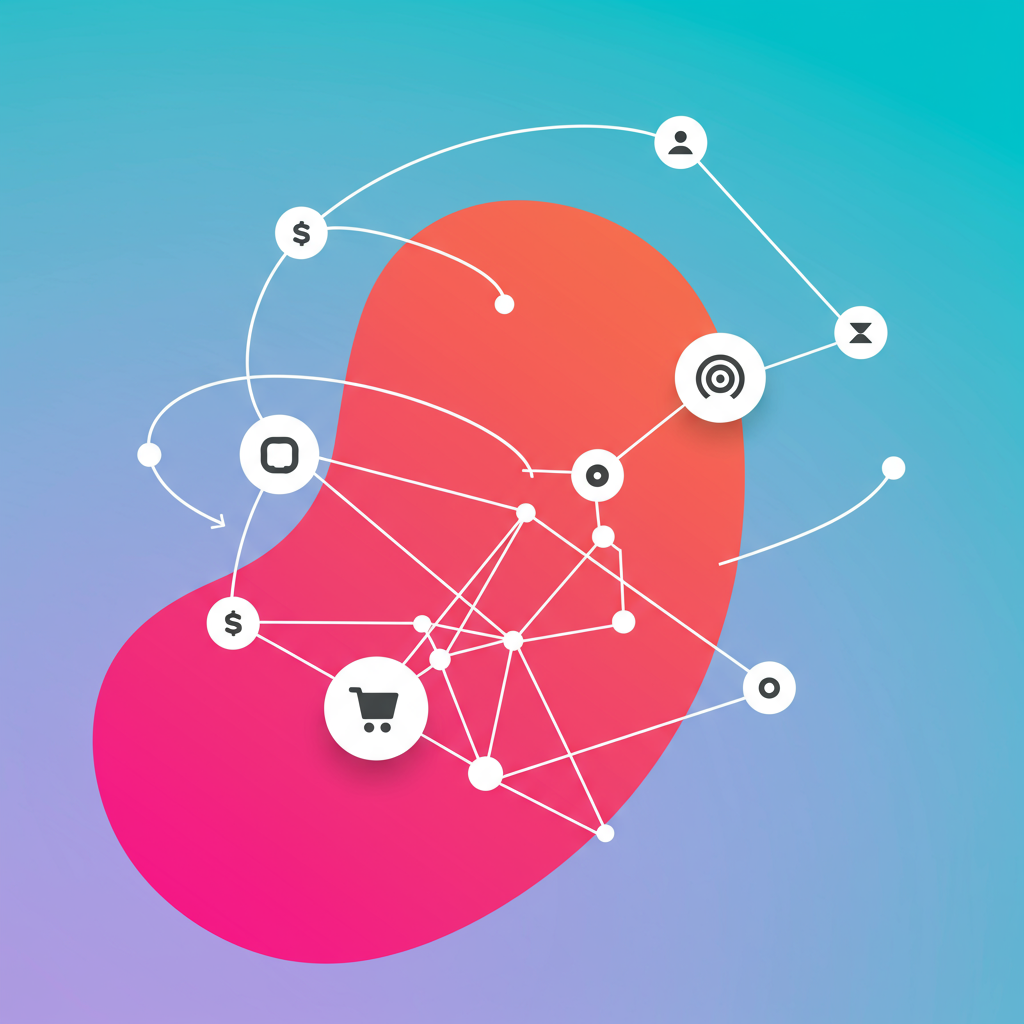Unlock Growth and Boost Sales with Precision Audience Strategies
As a Shopify merchant, you’re constantly looking for effective ways to reach new customers and grow your sales.
One of the most powerful tools at your disposal for achieving this is Facebook Ads.
With billions of active users, Facebook (and its family of apps like Instagram) offers an unparalleled opportunity to connect with your ideal audience.
But simply running ads isn’t enough; effective targeting is the key to maximizing your return on investment.
Today, I want to walk you through how to master Facebook Ads targeting specifically for your Shopify store.
Before we dive into targeting, ensure your Facebook Pixel is correctly installed on your Shopify store. This tiny piece of code is absolutely crucial.
The Pixel tracks website activity, allowing you to measure ad performance, build custom audiences, and run dynamic retargeting campaigns.
Next, make sure your product catalog is synced with Facebook. This is essential for running Dynamic Product Ads, which are incredibly effective.
Facebook offers three main types of audiences you can target: Core Audiences, Custom Audiences, and Lookalike Audiences. Let’s explore each.
Core Audiences are built using demographic, interest, and behavioral data. This is where you define who you *think* your ideal customer is.
You can target by location, age, gender, and language. For instance, if you sell winter coats, targeting colder regions makes perfect sense.
Interests are incredibly powerful. Think about what your potential customers are interested in: competitors, related brands, hobbies, or even specific publications.
For example, if you sell eco-friendly products, you might target people interested in “sustainable living,” “organic food,” or “environmental protection.”
Behaviors allow you to target based on purchase behavior, digital activities, or even life events. This can be incredibly granular.
You can target people who are “online shoppers,” “engaged shoppers,” or even those who have recently moved or are new parents.
Custom Audiences are built from your existing customer data or people who have already interacted with your business. These are your warmest leads.
The most common Custom Audience is website visitors. You can target everyone who visited your site, or segment them by specific pages visited, like product pages.
You can even create audiences based on time spent on your site, targeting the top 25% of visitors who are most engaged.
Uploading your customer list (emails or phone numbers) is another highly effective Custom Audience strategy. Facebook matches these to user profiles.
This is fantastic for re-engaging past customers or excluding them from prospecting campaigns if you only want new customers.
Engagement Custom Audiences allow you to target people who have interacted with your Facebook Page, Instagram profile, or watched your videos.
These individuals already have some familiarity with your brand, making them more receptive to your ads.
Lookalike Audiences are Facebook’s secret sauce for scaling. Once you have a strong Custom Audience, you can ask Facebook to find similar people.
For example, you can create a Lookalike Audience based on your best customers or your most engaged website visitors.
Facebook analyzes the characteristics of your source audience and finds new users with similar attributes, expanding your reach to highly relevant prospects.
You can choose the size of your Lookalike Audience, typically from 1% to 10% of the population in your target country. A 1% audience is the most similar.
Now, let’s talk strategy. For prospecting, a combination of interest-based Core Audiences and Lookalike Audiences works wonders.
For retargeting, Custom Audiences are your best friend. Think about abandoned cart sequences or showing ads for products people viewed but didn’t buy.
Dynamic Product Ads (DPAs) are a must for Shopify merchants. They automatically show relevant products to people who have shown interest in them on your site.
Always test your targeting. A/B test different audience segments, ad creatives, and offers to see what resonates best with your audience.
Don’t be afraid to start broad and then narrow down, or vice-versa, depending on your product and budget.
Monitor your results closely. Look at metrics like Cost Per Purchase, Return on Ad Spend (ROAS), and Click-Through Rate (CTR).
If an audience isn’t performing, pause it and try something new. Facebook Ads is an iterative process of learning and optimization.
Remember, the goal is to find the sweet spot where your ads reach the right people at the right time, leading to profitable sales for your Shopify store.
What do you think about this article? I’d love to hear your thoughts on these strategies.






